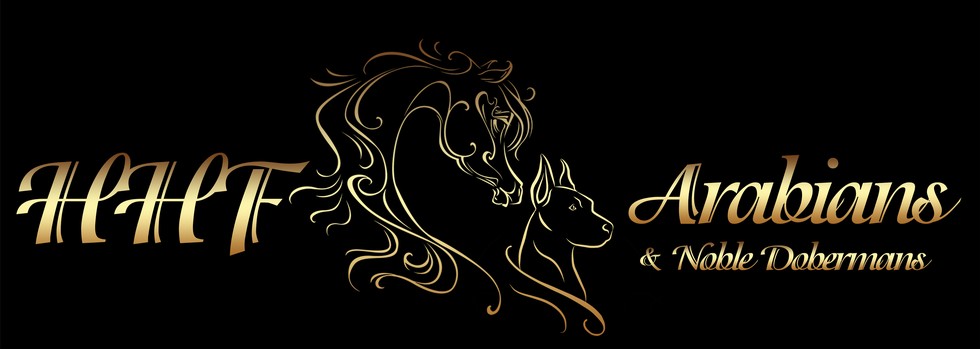Breeding Your Mare
Many factors affect a mare’s ability to conceive and carry a healthy foal full term; therefore, breeding preparation should begin in advance of the breeding season to allow time for adjustments to be made if necessary. It can take months to bring a mare to peak condition or to treat an infection. Without proper planning, an entire breeding season may be missed. Thankfully, most mares are re productively sound and can conceive, give birth and care for their foal without any problems. A pre-breeding examination by a veterinarian should be carried out to determine the mare’s reproductive status. This should include an ultrasound examination and, in some cases, a uterine biopsy, uterine culture or blood tests. Without a proper diagnosis, problems may go undetected resulting in delayed conception, disappointments and unnecessary expenses. A mare’s fertility status can change from one breeding season to the next. Mares with an excellent fertility history may develop difficulty conceiving during the next breed season, just as mares that were previously designated as poor breeding prospects may end up conceiving after all. Peak fertility for mares is typically between 6 to 12 years of age. Although a mares fertility status does decrease with age mares are capable of reproducing throughout their entire life Most breeders opt to begin breeding their maiden mares at age four, although some breeders will begin breeding their mares as early as age two or three. An assessment of mare’s physical and mental maturity level can be made to assist in making the decision for first time breeding. Thin or obese mares may not cycle more normally or may be unable to maintain a pregnancy; therefore, mares should be physically fit. A regular vaccination and de worming program should be employed.
________________________________________
Arabian Horse Panel
Horses below are currently at our farm have been tested
and are negative for all 3 listed below
SI Prince Ali Shiraz (Stallion)
SI Shadan El Zahra (Mare
HHF Dahmah Wasemah (Filly)
______________________________
(CA), also referred to as cerebellar cortical abiotrophic (CCA), is a genetic neurological disease in certain species of animals. To date, CA is known to affect breeds of dogs and horses. The disorder manifests itself when Purkinje cells, the neurons that affect balance and coordination, are present in the cerebellum of the brain.
(LFS) also known as Coat color Dilution Lethal (CCDL), is a recessive genetic disorder. Affected foals often have a difficult delivery, problems standing at birth and usually have episodes where they rigidly extend their limbs, neck and back. These episodes tend to resemble a seizure, although the affected foal does not seem normal between episodes. All affected foals are usually euthanized within days or weeks of birth.
-
Severe Combined Immunodeficiency Disease
(SCID) is an inherited disease seen in pure and part-bred Arab horses?
Animals with this inherited condition have an enhanced susceptibility to infection and first show signs of disease at between two days and eight weeks of age. Clinical diagnosis of the disease is not straightforward as the symptoms, such as raised temperature, respiratory complications and diarrhea, are typical of new-born foals with a range of infections.
|

